KNIT MAGAZINE
Textile Chronicles: Exploring Japan's Diverse Production Areas

- Post date:
- January 9, 2024 07:30
- (Update: December 4, 2023 01:55)
KNIT MAGAZINE

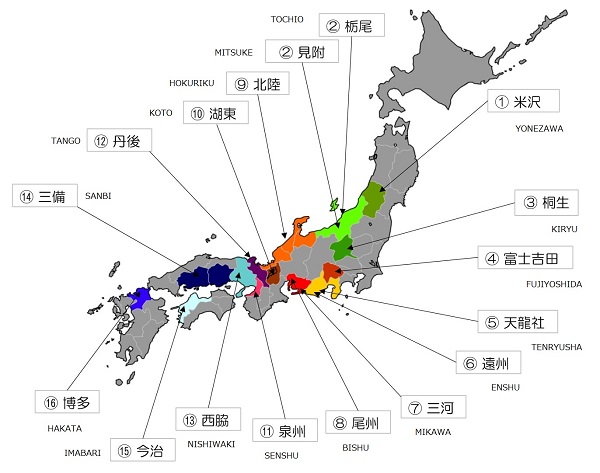
I will elaborate on the characteristics and origins of the region referred to as the production area.
The textile industry has been a longstanding pillar of support for Japan. Consequently, numerous regions across Japan earned the distinction of being recognized as production areas. The processes of spinning, weaving, knitting, and dyeing were delegated to specific production areas, endowing them with a distinctive role. While some areas continue to showcase remnants of this historical legacy, others have seen this industry fade away. Let’s delve into the history of each domestic textile-producing region, despite the complexity, and stay connected through the exploration.
Table of Contents
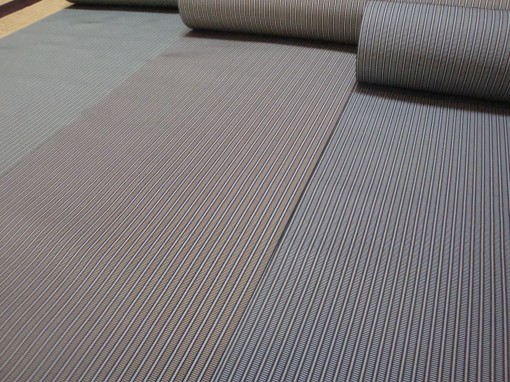
In ancient times, the production of hemp fabrics began during the Edo period. The popularity of mulberry cultivation and sericulture led to the transformation of fabric weaving, incorporating a mix of hemp silk and silk fabrics. As time progressed, there was a rise in the use of chemical dyes for dyeing and the introduction of rayon fabrics, marking a shift towards modernization. Notably, the high-class hakama known as “Yonezawa-daira” gained fame, with 95% of dress hakama originating from Yonezawa.
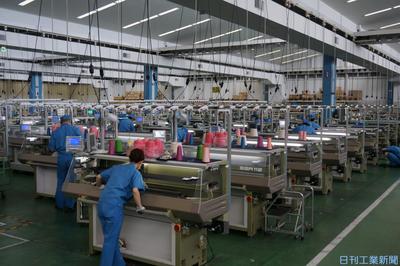
The shipment volume of knit sweaters is the largest in Japan, and our knit industry has received significant support from this production area!
Since the Edo period, it has been one of the leading textile producing areas. However, post word war Ⅱ, the knitting industry experienced substantial growth with the popularity of Western clothing, eventually evolving into a major production hub. This region is extensively involved in contract production for both domestic and foreign high-end brands. Even today, it remains the largest knit-producing area in Japan, boasting numerous outsourced companies engaged in activities such as yarn dyeing, knitting, and linking.
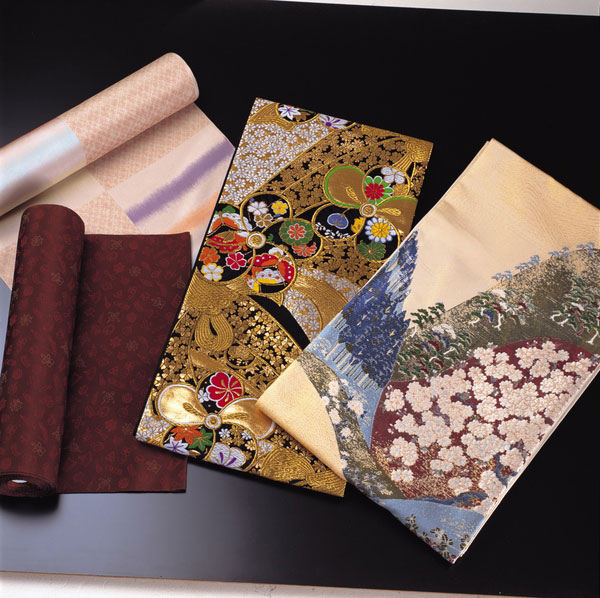
Thriving in the production of high-quality silk fabrics, the region was known as Nishijin in the west and Kiryu in the east. This is the birthplace of export habutae, and <Kiryu weaving> is said to have a history of about 1300 years.
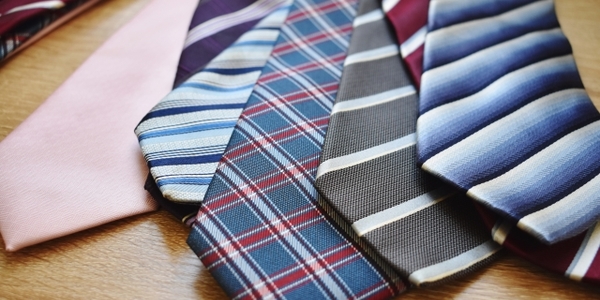
Having been entrusted with the production of silk fabrics like <Kaiki>, it is a specialized production center dealing primarily with fine count yarn. Currently, it produces items such as tie fabrics, interior fabrics, linings, umbrella fabrics, stoles, and more.
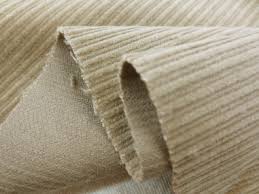
Velveteen accounts for over 90% of the national production of corduroy. It was researched from imported calico dough in the middle of the Meiji era and can be traced back to production in the 28th to 29th years of the Meiji era. Initially, corduroy gained popularity as a material for hanao.
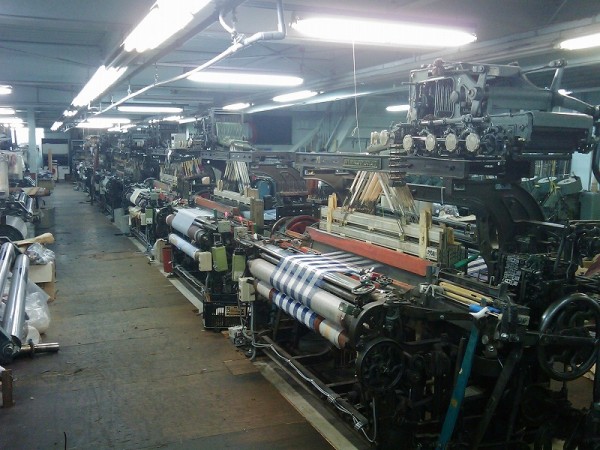
Located in the western area of Shizuoka Prefecture, along with Quanzhou and Mikawa, it stands as one of Japan’s three largest cotton fabric-producing regions. Wide fabrics constitute 80% of the production. In an era marked by highly productive looms, it is an area with a significant presence of shuttle looms. Traditional entwined weaving techniques persist in this region.
This area, centered around Gamagori City, is known for its ability to consistently produce from primary processed products to final products, and is considered the birthplace of cotton introduction. Equipped with state-of-the-art looms, including air jets, rapiers, and Sulzers, as well as narrow power looms, we leverage dobby and jacquard techniques to manufacture textiles across a broad spectrum of applications, including interiors, bedding, and materials.
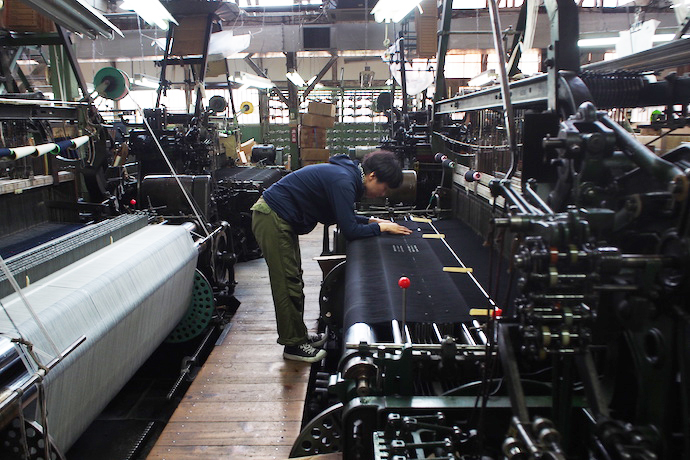
Owari Province, commonly known as Owari, is renowned for its production of woolen fabrics. The history traces back to its origins with hemp and silk, transitioning to predominantly cotton fabric until the early Meiji era. Following the Great Nobi Earthquake of 1891, cotton cultivation became challenging, prompting efforts to shift back to woolen fabrics using imported yarns. This transformation led to the area evolving into a significant production center for woolen fabrics. A division of labor system has been established, facilitating a diverse range of small lots and short cycles.
It is a significant production area for synthetic fibers, with a focus on high-density woven fabrics for sports and outdoor applications. Textiles originating from this production area find extensive use not only in clothing but also in industrial materials such as car seats, personal computers, and building materials.
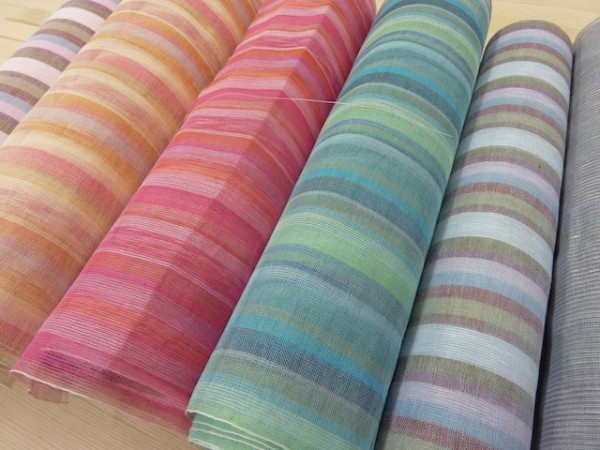
It is a production center for high-class hemp textiles known as “Omi Jofu.” The region is said to be blessed with natural conditions ideal for hemp weaving, thanks to the high temperature and high humidity generated by Lake Biwa. Additionally, it thrived as a production center in proximity to Osaka and Kyoto. Around 1975, there was a shift from narrow width used for kimono to wide width to support hemp production in Japan.
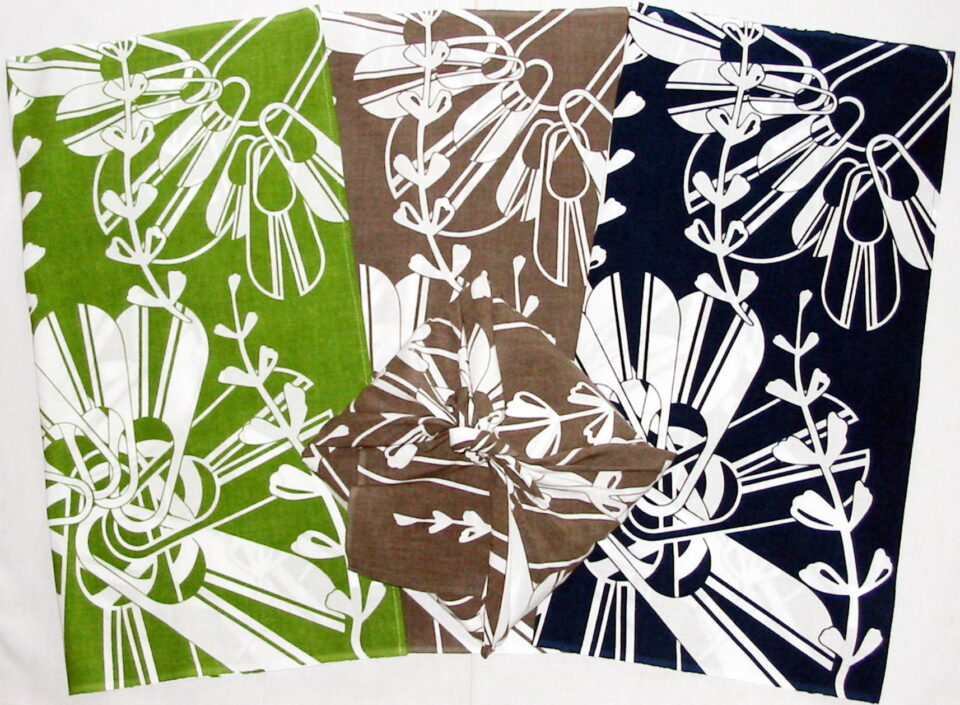
Due to its suitability for cotton cultivation, the region gained fame as a production center for “Izumi cotton.” The area, particularly centered around Izumiotsu, specialized in blanket production due to the military demand during the Sino-Japanese War, and it currently contributes to 90% of Japan’s blanket production.
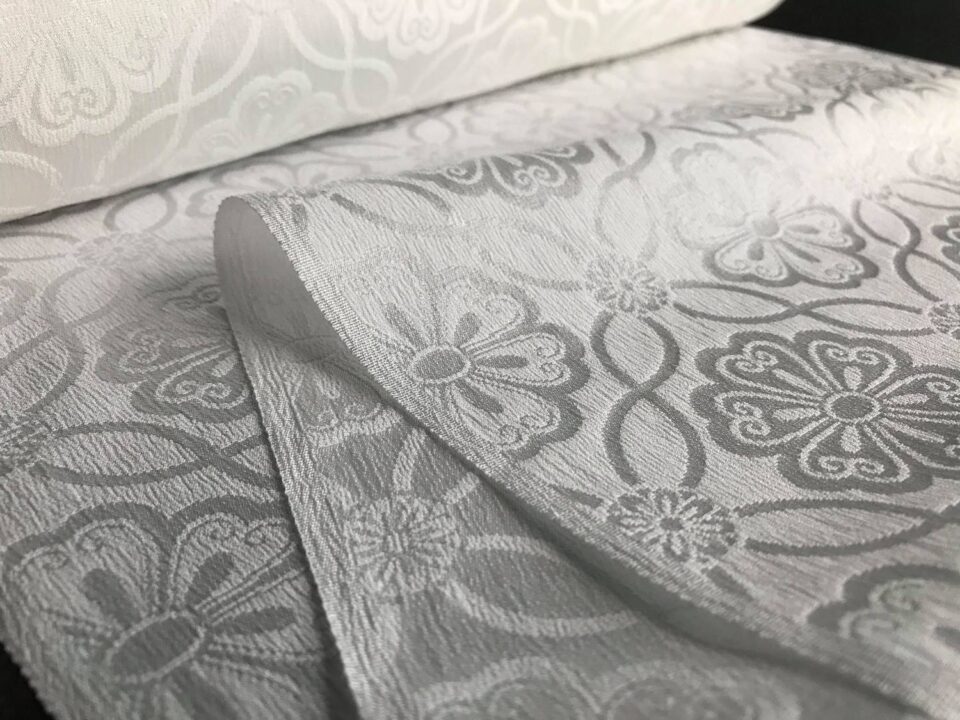
Japan’s largest producer of silk fabrics. We boast a 70% share of white fabrics for kimono. It was created based on the twisting technology brought from Nishijin, Kyoto during the Edo period, and developed as a production center at the beginning of . Since the middle of the Showa era, the production of yarn-dyed fabrics (obi, ties) has been active, and it is a comprehensive production area of silk fabrics together with post-dyed fabrics (crepe).
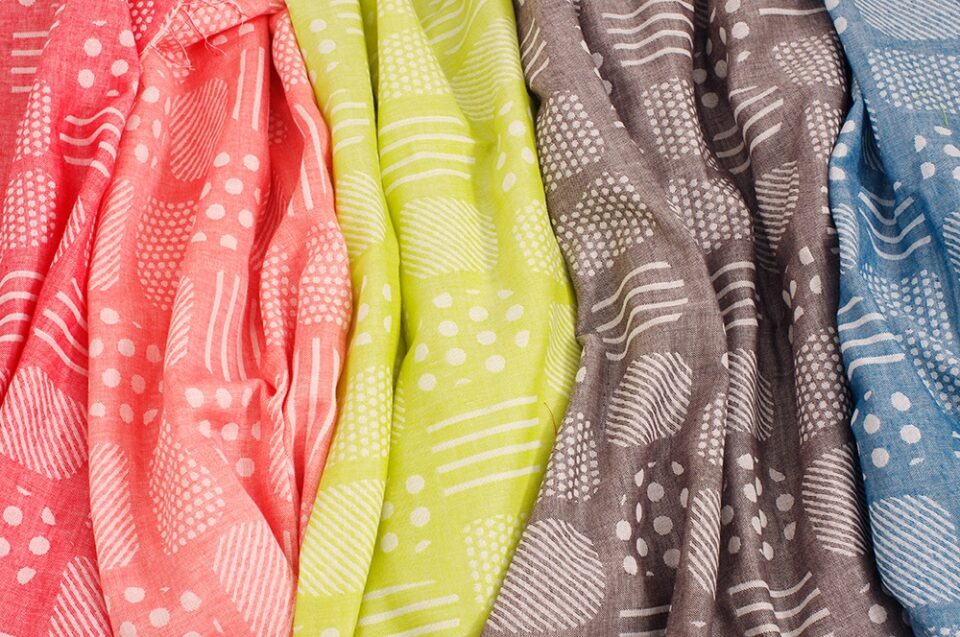
Yarn-dyed cotton fabrics command a 70% share of the domestic market. <Banshu weave> represents a thin yarn-dyed cotton fabric commonly used for shirts, featuring patterns such as gingham checks and stripes. This production area is well-equipped with systems and technologies to handle large lots.
Kojima in Okayama Prefecture (Bizen), Fukuyama City in Hiroshima Prefecture (Bizchu), and the Bingo districts are collectively known as the Sanbi Producing Area.
Kojima is renowned as the birthplace of domestic jeans. Additionally, it is a production area with a strong emphasis on durable cotton fabrics, such as school uniforms and workwear. Since the 1960s, it has solidified its position as a production center for domestic jeans in regions where cotton fabrics were historically thriving. Numerous companies in the area exhibit high skills in jeans dyeing and post-processing.
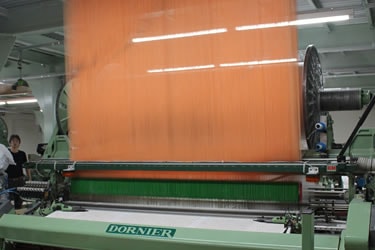
Towels came into Japan after the Meiji era. Until then, weaving white cotton fabrics and flannel fabrics, but weaving of towels began in 1952 and became the largest in Japan around 1991.
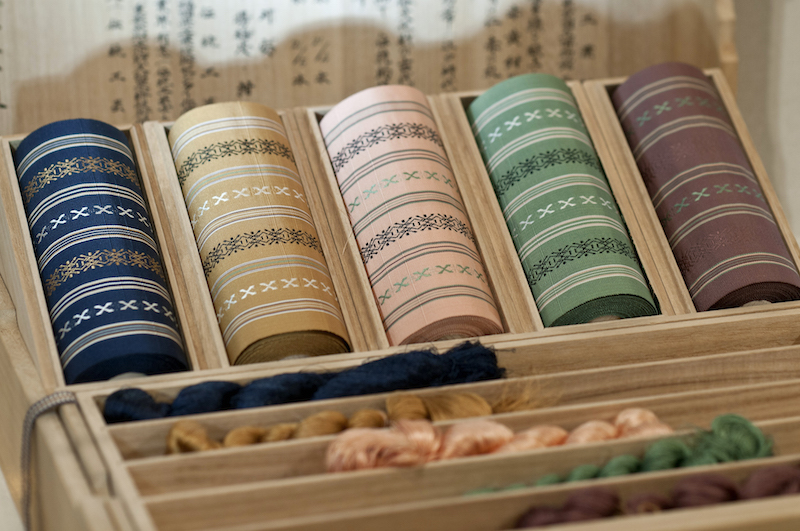
It is the production center of the thick silk fabric known as <Hakata-ori>, commonly used for obi. It is said that Hakata merchants traveled to China to learn and enhance textile techniques. Many of these fabrics are known for their delicacy and grace, often presented as gifts to the Edo Shogunate and the imperial family.
Subscribe Now
To receive the latest updates and insights, subscribe to our newsletter.
Contact Us
For further inquiries regarding this article, please feel free to contact us.